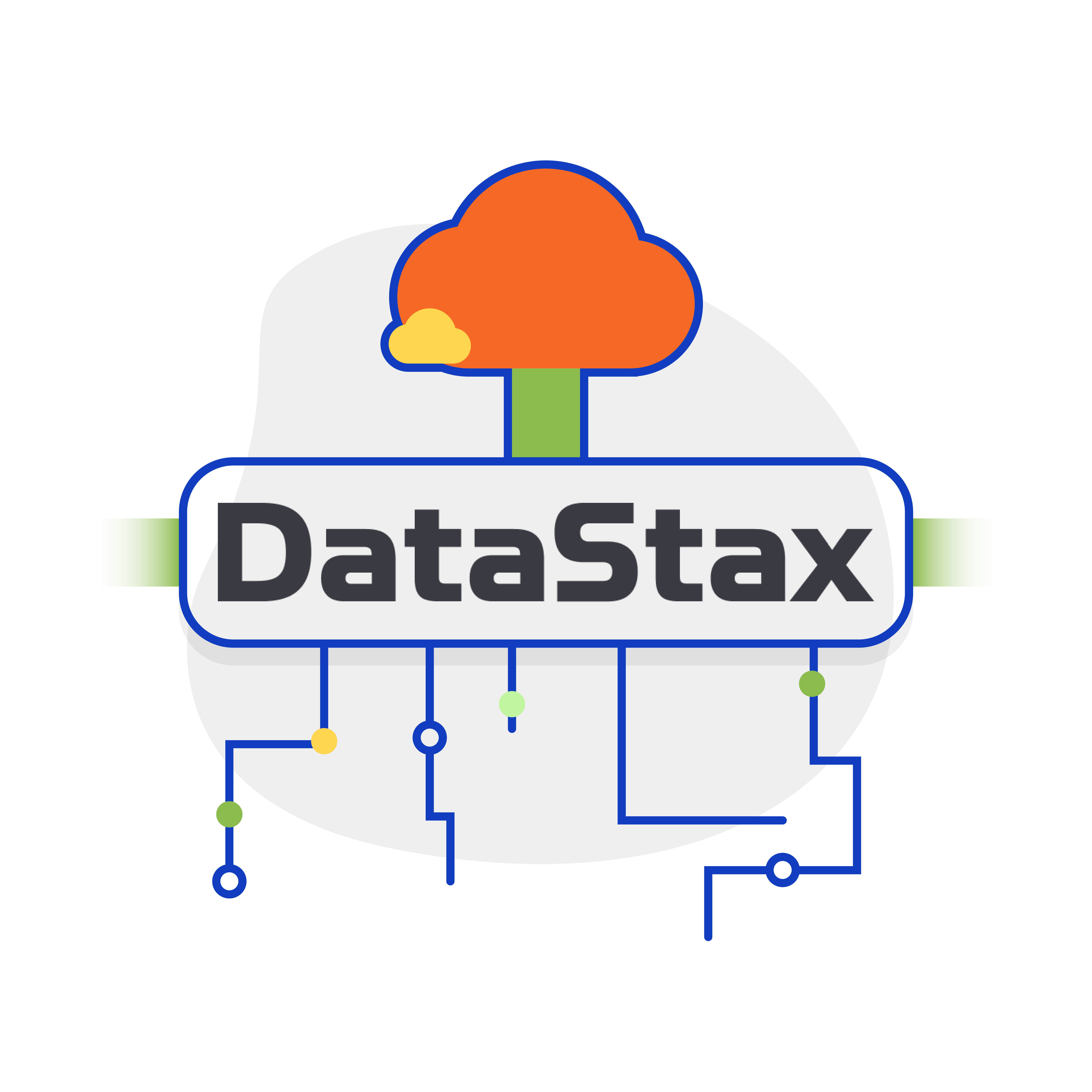TL;DR:
- DataStax partners with Google to bring vector search capabilities to AstraDB NoSQL database-as-a-service, enhancing compatibility with AI and large language model workloads.
- Vector search enables context-based search by using embeddings, reducing the need for data structuring and enhancing AI model training efficiency.
- AstraDB’s vector search can be accessed via the Google-powered NoSQL copilot, providing a seamless user experience.
- The NoSQL copilot combines Cassandra’s vector search with Google Cloud’s Gen AI Vertex, LangChain, and GCP BigQuery, empowering enterprises to build AI applications efficiently.
- An open source library called CassIO simplifies the inclusion of Cassandra-based databases in generative AI software development kits.
- Integrations with Google Cloud enable data import/export and real-time data transmission for monitoring generative AI model performance.
- DataStax collaborates with SpringML to accelerate the development of generative AI applications using data science and AI service offerings.
- AstraDB’s vector search is planned for release in Cassandra’s upcoming 5.0 version.
Main AI News:
DataStax, a leading provider of database solutions, has joined forces with Google to bring vector search functionality to its AstraDB NoSQL database-as-a-service. This collaboration aims to enhance the compatibility of Apache Cassandra with AI and large language model (LLM) workloads.
The integration of vector search, particularly in light of the rapid proliferation of generative AI, is regarded as a crucial capability by database vendors. This innovative feature has the potential to significantly reduce the time required to train AI models by eliminating the need for data structuring—a common practice in traditional search technologies. Unlike conventional methods, vector searches can extract the relevant property attributes of a queried data point by leveraging contextual meaning rather than relying solely on keywords or literal values.
DataStax explained, “Vector search enables developers to search a database by context or meaning rather than keywords or literal values. This is done by using embeddings, for example, Google Cloud’s API for text embedding, which can represent semantic concepts as vectors to search unstructured datasets such as text and images.”
With embeddings serving as powerful tools for natural language search across diverse data formats, AstraDB users can effectively extract the most pertinent data from a large corpus of information.
Vector databases are projected to be in high demand throughout 2023 as enterprises seek ways to optimize costs while building AI-based applications. AstraDB’s vector search, accessible through the Google-powered NoSQL copilot, offers a seamless user experience and empowers DataStax customers to develop AI applications efficiently.
Underneath the hood, the NoSQL copilot combines the vector search capabilities of Cassandra, Google Cloud’s Gen AI Vertex, LangChain, and GCP BigQuery. This collaborative effort between DataStax and Google resulted in the co-design of the NoSQL copilot as an LLM Memory toolkit that seamlessly integrates with LangChain. This integration simplifies the development of generative AI-powered applications using large language models. The joint development also yielded an open source library called CassIO, which facilitates the inclusion of Cassandra-based databases in generative AI software development kits like LangChain.
Enterprises can leverage CassIO to build sophisticated AI assistants, implement semantic caching for generative AI, browse LLM chat history, and manage Cassandra prompt templates.
Furthermore, the partnership between DataStax and Google extends beyond integration. Enterprises utilizing Google Cloud can import and export data between Cassandra-based databases and Google’s BigQuery data warehouse through the Google Cloud Console, enabling the creation and deployment of machine learning-based features.
Another integration with Google enables AstraDB subscribers to seamlessly transmit real-time data between Cassandra and Google Cloud services. This integration facilitates the monitoring of generative AI model performance.
DataStax has also teamed up with SpringML to expedite the development of generative AI applications by leveraging SpringML’s data science and AI service offerings.
In terms of pricing and availability, AstraDB, built on Apache Cassandra, is set to become one of the first open source distributed databases to incorporate vector search capabilities. The current plan is to introduce vector search in Cassandra’s upcoming 5.0 release, as confirmed by a post on the database community forum, where DataStax actively participates as a member.
As for availability, AstraDB’s vector search is currently available for non-production workloads and is in the public preview phase. Initially, this feature will be exclusively accessible on Google Cloud, with plans to expand its availability to other public clouds in the future.
Conclusion:
The partnership between DataStax and Google to introduce vector search to AstraDB NoSQL represents a significant advancement in the market. By enabling context-based search and streamlining AI model training, this integration provides businesses with a powerful tool to unlock the value of their data.
The seamless integration with Google Cloud services further enhances the capabilities of AstraDB, making it an attractive choice for enterprises seeking efficient and AI-compatible database solutions. The collaborative efforts and innovative features introduced by DataStax and Google are poised to reshape the landscape of NoSQL databases and empower businesses to leverage the full potential of generative AI and vector search technologies.

